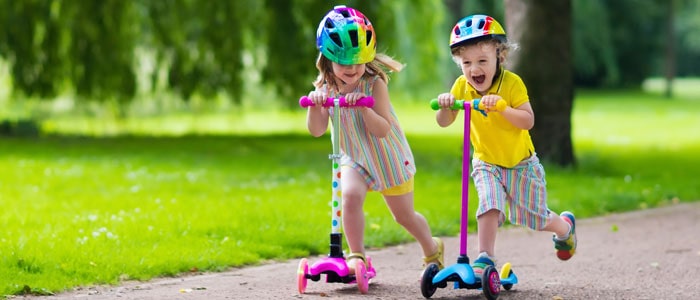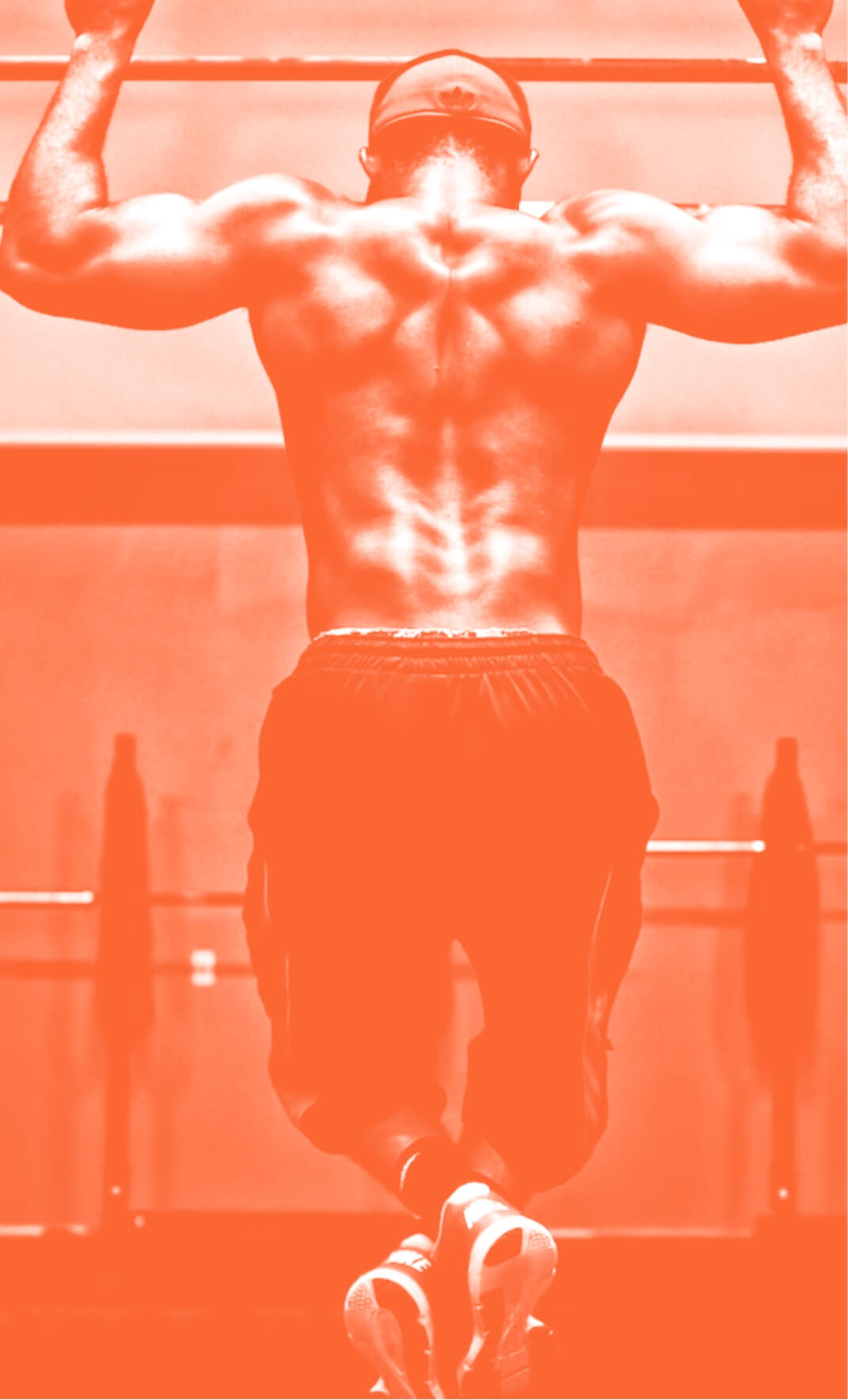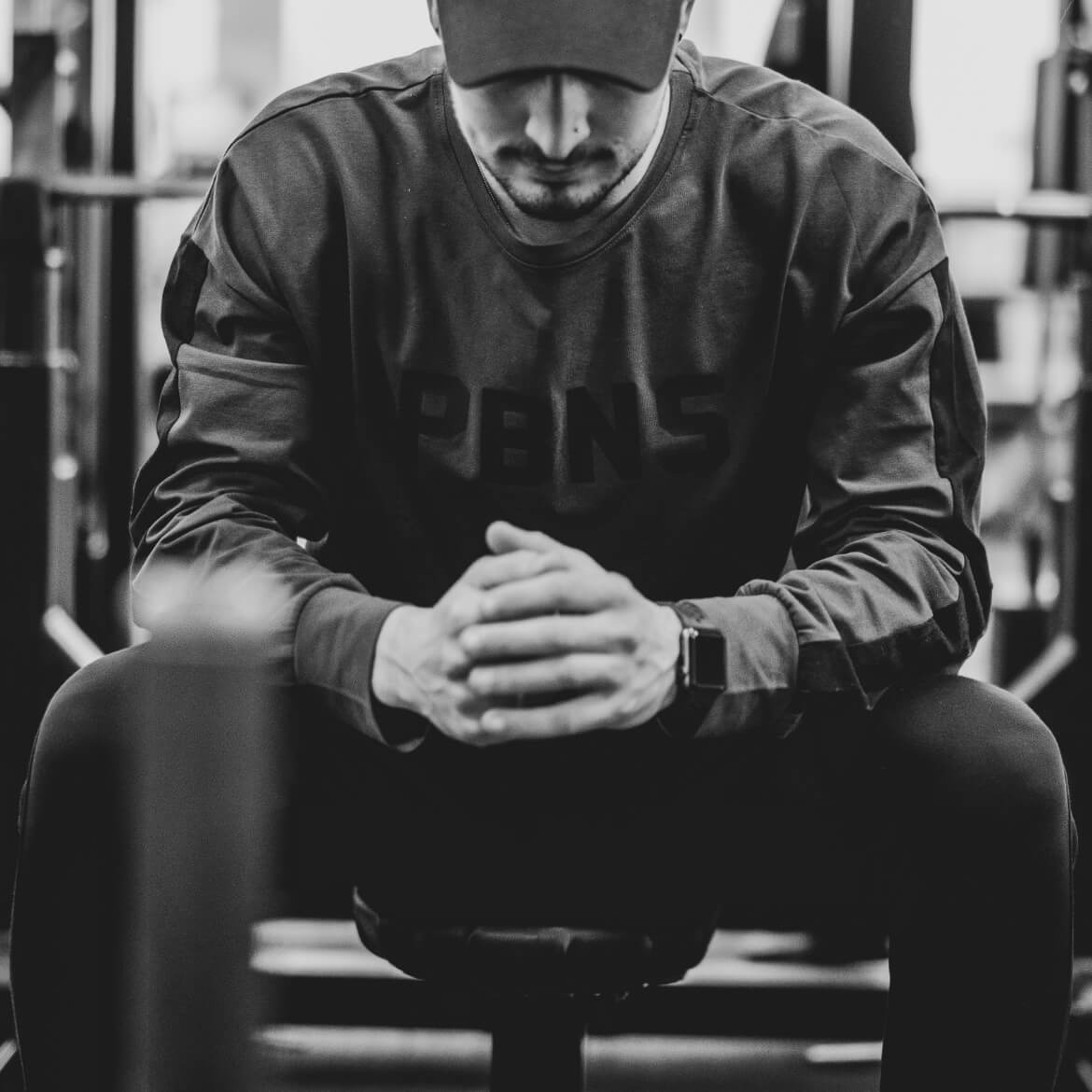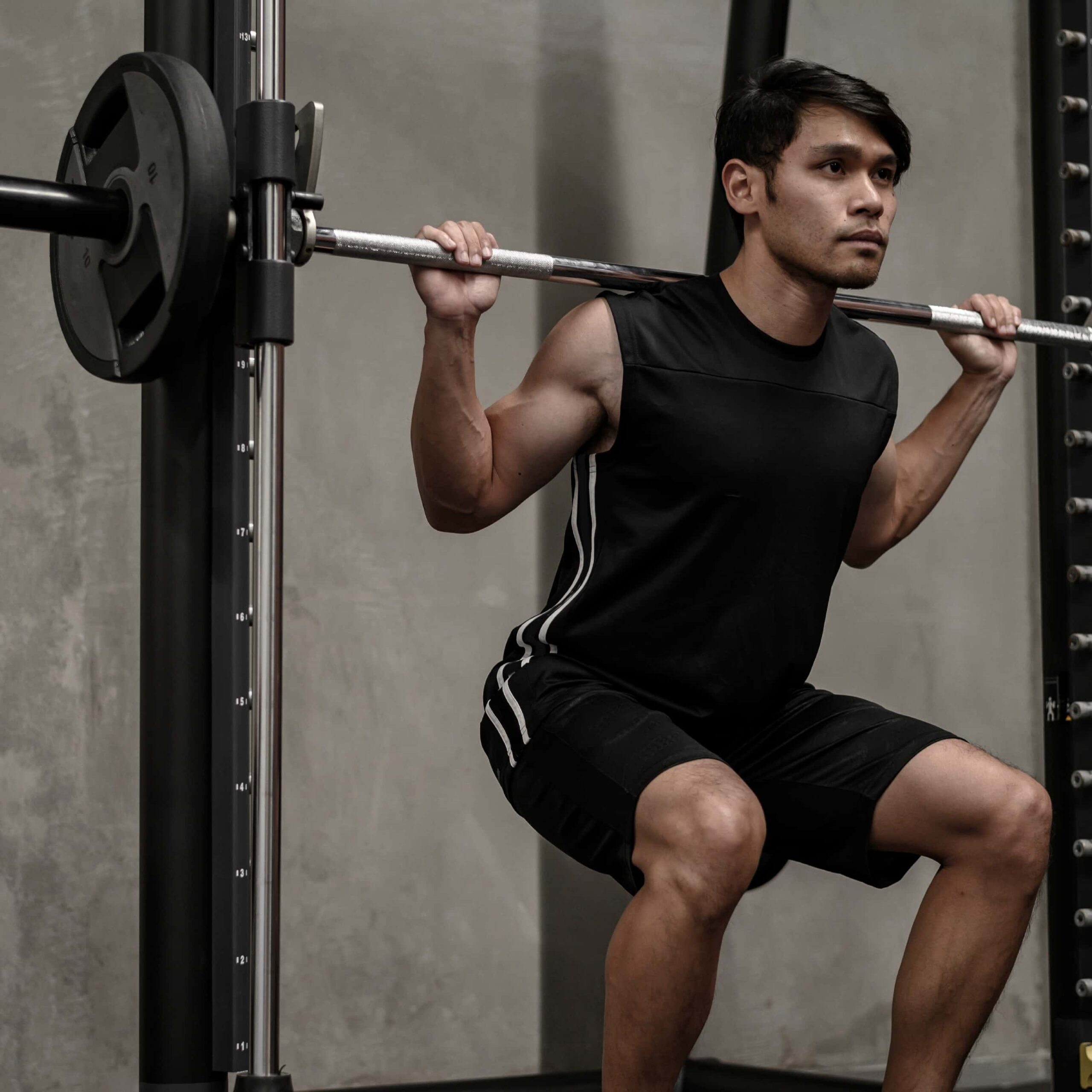Top Tips for Keeping Your Kids Active
13th Jan 21

In the age of video games and television, it is important to remember that kids need to keep active to develop and grow up healthily. It can be difficult to know what kinds of activities they can do and how to do them in a fun and engaging way. That’s why we stock a great range of games and outdoor equipment.
Keeping kids active can benefit their physical and mental well-being in lots of different ways, and you don’t even always need to leave the house to get your 60 minutes. So we are here to help! We have some top tips for getting your children up and moving indoors and outdoors.
Want to move fast? Jump to the right section below.
Requirements for Children
The NHS advise that children do at least 60 minutes of moderate exercise a day, including aerobic exercise and exercises to strengthen their muscles and bones. What is moderate exercise, though? Moderate exercise means that your heart rate is higher, to the point where you can still talk but maybe can’t sing. Most children hit 60 minutes a day just by getting up and going to school, as moderate exercise can include travelling to school, either on foot, bike or even scooter and by playing on the playground.
However, it is important to spread that exercise out over a day, to break up any long period of sitting or staying in one place, but we know it can be difficult to get kids to exercise if they don’t enjoy it. They probably don’t want to go out for a jog, and they shouldn’t have to. So turn their exercise into something fun that maybe isn’t obviously exercising.
Types of Exercise
1. Clubs
One way to keep kids active is through clubs, whether the school or local community runs them. There is always something that your children will enjoy, from outdoor sports like football and netball to indoor clubs like gymnastics and dance.
School clubs tend to be free, and it can be a nice way for a kid to burn off all of their energy at the end of the day. Some local community clubs may charge, but it won’t be a lot, and it’s a nice way to get your children to meet others outside of their own class and social groups.
These are just some ideas of clubs kids can choose from, but let them try one out and keep looking until you find something that fits you and your child’s needs. At the end of the day, they aren’t tied down to anything if they choose to try something else.
Clubs Ideas:
- Martial Arts (like karate & taekwondo)
- Ball Sports (like football, netball & rugby)
- Dance or Gymnastics
- Rock Climbing
- Hockey or Ice Skating
- Athletics
2. Videos/Games

You may be surprised by this option, but there are loads of video games for all types of consoles out there that can get your kids up and moving without having to leave the house. Plus, all of them are there to make exercising fun, meaning they are designed to turn the exercise you are doing into a game with obstacles and goals to reach.
There are even apps and games that you can get on your phone that can help you get your kids out of the house and exercise in some way, such as the popular game Pokemon Go, which encourages you to go walking to catch the creatures you need.
Don’t have a games console? Try online videos. There are tons of videos out there designed to be like PE lessons, where instructors make exercise fun and targeted directly at children to keep them engaged.
It is important to remember to supervise children in these situations to make sure they are safe at all times.
3. Toys

Another great way to keep your kids active is with toys, such as bikes, scooters and even play equipment (your own or at the park). Getting kids out and about on these toys means they get some fresh air and get that well-needed exercise for the day. It also helps with their imagination, as they can turn going out into an adventure that makes the exercise feel fun.
Toys like these are all well and good if you have a garden or somewhere to go, but if you don’t have these kinds of things or it’s just too cold to go out, toys such as trampolines are also great. You can get small ones or fold-away ones so that they can be used inside the house. Alternatively, you could get soft play equipment that makes playing inside safe and doesn’t pose any risk to your house, or even try tabletop games such as table tennis. All of these are things that can keep your child active and engaged inside your own house.
4. Yoga

Yoga is a form of exercise you might not have considered for children. It is something that is beneficial to both the mind and the body. It can really help children with things such as emotional management, mindfulness and even stress and anxiety reduction for children.
It’s also just fun to do, and if kids do it with each other, it can be something they really enjoy. All they need is a mat, and they are good to go. You can also get lesson videos online, so you don’t need to teach them in any way. You could even join in as something to do as a family.
5. Days Out
Finally, we have days out. You can’t go wrong here, and if you look, there will be loads of places nearby that you can go to, whether it’s a theme park or a museum; there are so many options. Some places to visit are free, or you only have to pay for parking if you want something that doesn’t put a dent in your wallet. If you want to make it even cheaper, see if they have places to eat and make yourself a picnic. At the end of the day, your child has had an active day out, and it might not have cost more than £10.
With any of these options, if you’re having trouble getting your kids active, give them an incentive. Maybe you could tell them if they bike to school three days a week they can have a treat.
So there you have it, and these aren’t the only options to keep your kids active. There are loads more out there, so there really is something to suit everyone.

Before beginning any exercise or nutrition program, consult your physician, doctor or other professional. This is especially important for individuals over the age of 35 or persons with pre-existing health problems. Exercise.co.uk assumes no responsibility for personal injury or property damage sustained using our advice.
If you experience dizziness, nausea, chest pain, or any other abnormal symptoms, stop the workout at once and consult a physician or doctor immediately.









